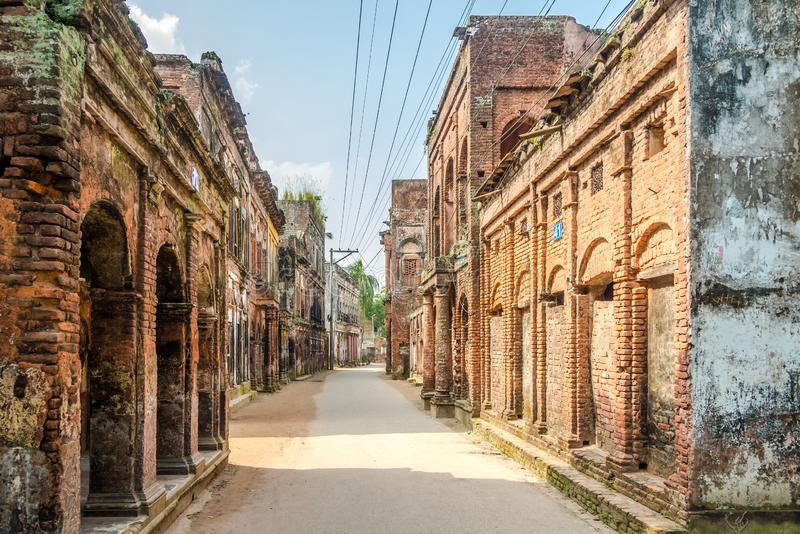Sonargaon
Sonargaon, one of the most beautiful historical sites in Bangladesh, is a historic city in the central region. It relates to the Sonargaon Upazila in Dhaka Division's Narayanganj District.
Sonargaon was an administrative center of eastern Bengal and one of the former capitals of the medieval territory of Bengal. It also served as a river port. Its hinterland, with a vast population of weavers and artisans, was the heart of Bengal's muslin trade. An emporium was established in this region, according to ancient Greek and Roman records, which archaeologists have associated with the Wari-Bateshwar ruins. The Vanga, Samatata, Sena, and Deva kingdoms all had a base in the area.
During the Delhi Sultanate, Sonargaon was an important city. Fakhruddin Mubarak Shah and his son Ikhtiyaruddin Ghazi Shah administered the sultanate from here. It housed the Bengal Sultanate's royal court and mint, as well as served as the Bengal Sultanate's capital during Ghiyasuddin Azam Shah's tenure. Sonargaon grew to be one of Bengal's most prominent townships. A large number of immigrants settled in the area. Mosques and tombs were built by the Sultans. Later, under the leadership of Isa Khan and his son Musa Khan, it became the seat of the Baro-Bhuyan confederacy, which fought Mughal expansion. Sonargaon was thereafter made into a Mughal Bengal district. Merchants erected many Indo-Saracenic townhouses in the Panam district during British colonial control. It was subsequently overshadowed by the nearby Port of Narayanganj, which opened in 1862.
Sonargaon attracts a large number of tourists to Bangladesh each year. The Bangladesh Folk Arts & Crafts Foundation, as well as archaeological monuments, Sufi shrines, Hindu temples, and medieval mosques and tombs, are all located there.
Location: Narayanganj District, Dhaka Division, Bangladesh











